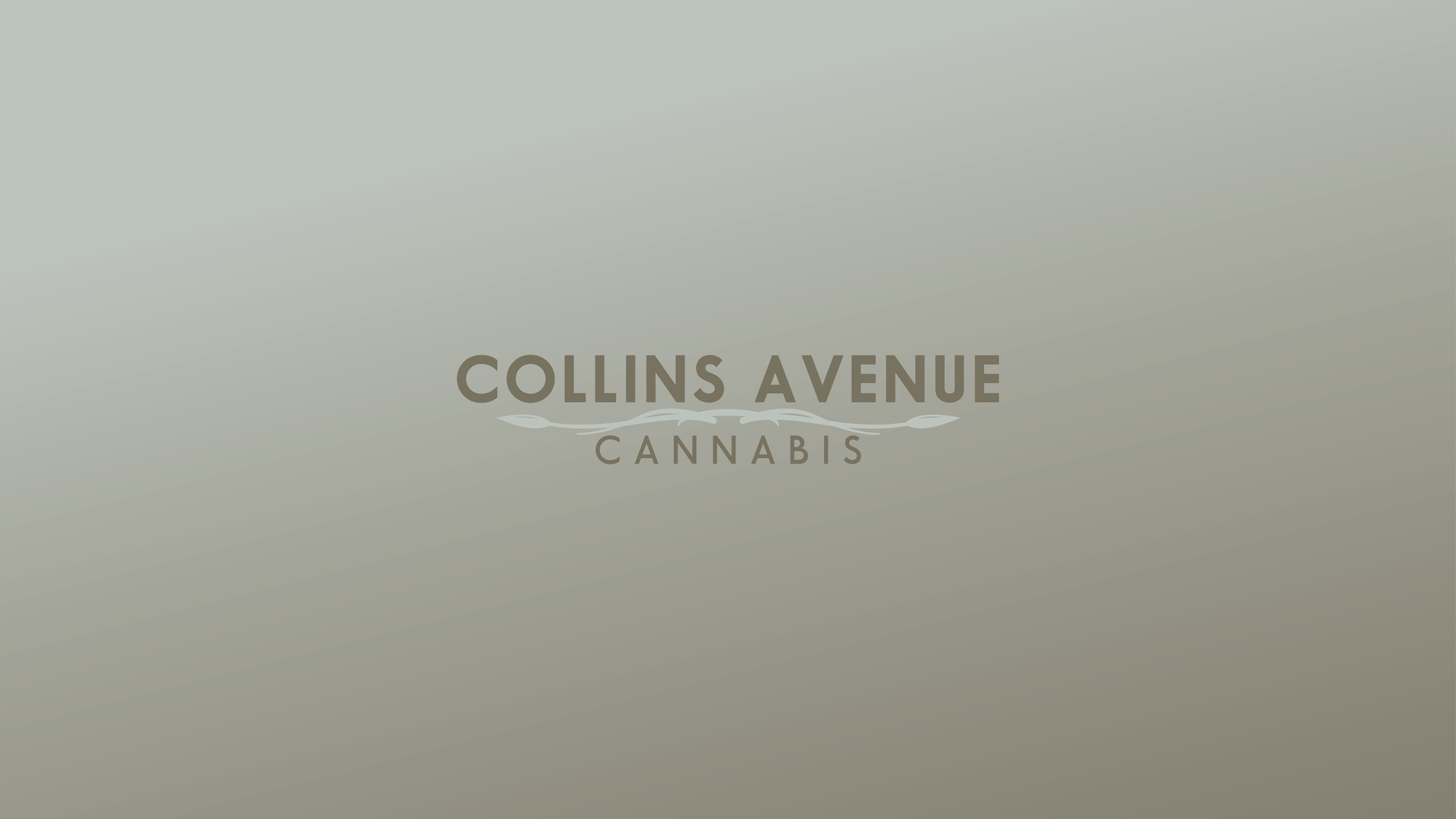Cannabis consumption has evolved significantly, offering multiple ways for users to experience its effects, each with unique effects, intensity, and longevity. Whether consumed for medical or recreational purposes, the method of ingestion can alter how cannabis affects the body and how long the effects last. Here’s a guide to different methods of cannabis consumption, from traditional smoking to newer methods like edibles and topicals.
1. Smoking and Vaping: Rapid Onset and High Intensity
Smoking
Smoking cannabis, whether in a joint, pipe, or bong, is one of the most common and traditional methods. When inhaled, cannabinoids like THC and CBD are absorbed directly into the bloodstream through the lungs, resulting in a rapid onset of effects, typically within minutes. This quick absorption offers immediate relief, making smoking popular for conditions requiring fast-acting symptom management.
- Intensity: Effects tend to be intense but are often short-lived compared to other methods.
- Duration: The effects usually last 1–3 hours, with the peak occurring within the first hour.
Vaping
Vaping involves heating cannabis flower or concentrates to a lower temperature than smoking, which produces a vapor rather than smoke. This method is often considered a healthier alternative to smoking, as it avoids combustion and many of the toxins in smoke. The effects are similar in onset and duration to smoking, providing a quick and potent experience.
- Intensity: Often perceived as smoother but still intense.
- Duration: 1–3 hours, similar to smoking.
2. Edibles: Delayed Onset with Long-Lasting Effects
Edibles, such as gummies, chocolates, and beverages infused with cannabis, are absorbed through the digestive system, resulting in a delayed onset. It can take anywhere from 30 minutes to 2 hours to feel the effects of edibles, as the THC is metabolized by the liver before entering the bloodstream. This delayed onset can lead to accidental overconsumption for beginners who may take additional doses before feeling the effects.
- Intensity: Edibles can produce a more intense, full-body high compared to inhalation methods.
- Duration: Effects last much longer, often 4–8 hours or more, with a peak around 2–3 hours after consumption.
Due to their longevity, edibles are a preferred option for people seeking sustained relief, such as those managing chronic pain or sleep disorders.
3. Sublinguals: Quick Onset with Moderate Duration
Sublinguals, which include tinctures and oils placed under the tongue, allow for cannabinoids to be absorbed directly into the bloodstream through the mucous membranes. This method provides a faster onset than edibles—often within 15–45 minutes—without the need for inhalation.
- Intensity: Effects are moderate to intense, depending on the dosage.
- Duration: Effects typically last around 2–4 hours, offering a middle ground between smoking and edibles.
Sublinguals are popular among medical users who want precise dosing and faster relief than edibles without inhaling.
4. Topicals: Localized Relief without Intoxication
Topicals, such as creams, balms, and patches infused with cannabinoids, are applied directly to the skin. This method is unique in that it primarily provides localized relief without intoxicating effects, as cannabinoids do not typically penetrate deep enough to enter the bloodstream.
- Intensity: No psychoactive effects; instead, there is a localized sensation of relief.
- Duration: Effects vary but generally last for a few hours, depending on the potency and application area.
Topicals are particularly effective for targeting localized pain, inflammation, and skin conditions, making them popular for arthritis, muscle soreness, and skin care.
5. Dabbing: Potent and Short-Lived Effects
Dabbing involves vaporizing concentrated cannabis extracts like wax, shatter, or resin on a hot surface, typically using a dab rig. This method delivers a high concentration of cannabinoids in a single, intense dose, making it popular among experienced users.
- Intensity: Dabbing produces very potent effects, often significantly stronger than other methods.
- Duration: The high can be intense but typically lasts 1–3 hours, similar to smoking or vaping.
Due to the potency, dabbing is generally reserved for seasoned users or those with a high tolerance.
Understanding the Diffferences
Each method of cannabis consumption offers unique effects, intensities, and durations, making certain methods more suitable for specific needs. Smoking and vaping provide rapid relief, while edibles offer prolonged effects. Sublinguals offer a balance of quick onset and moderate duration, and topicals provide localized, non-intoxicating relief. For those seeking high potency, dabbing may be an option, though it’s best suited to experienced users. Understanding these differences can help users make informed decisions and tailor their cannabis experience to their personal needs and preferences.


